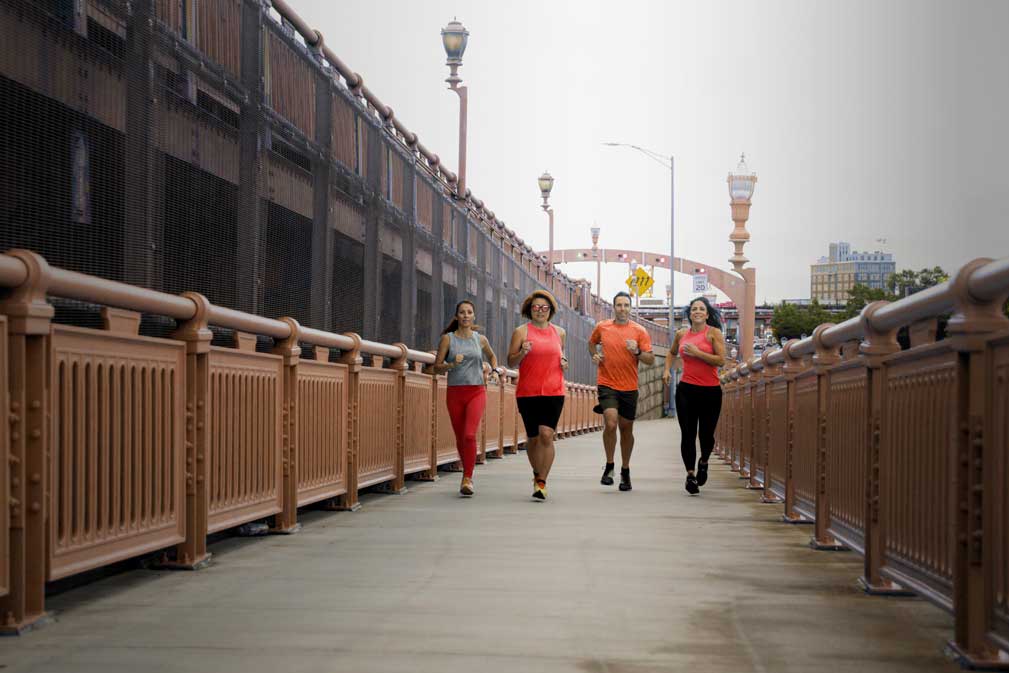
Providing the correct orthotic device for your patient includes not only the symptoms of the patient, the biomechanical findings of the patient, the body morphology of the patient including age, gender, height and weight, anticipated activity level, but also the type of shoe or shoes the patient will be placing the orthotic devices within. Every orthotic will ultimately be functioning within a shoe of some type, thus pairing the orthotic with the shoe is a critical discussion to be had with the patient before ordering the device from the lab. Careful consideration of the patient’s shoe history, as well as shoe preferences should be included in the decision making process during prescription foot orthotic therapy.
Managing expectations in an honest and forthright way is sometimes difficult but should be standard practice. For example, a person who lives in a warm climate naturally wants to wear sandals, or flip flops the majority of the time. However, your biomechanical assessment reveals excessive abnormal pronation, hypermobility and instability, which will eventually lead to significant pathology and or disability. You recommend a semi rigid device with deep heel cups, a relatively high medial arch and balanced forefoot correction to neutral position. This requires a negotiation between the practitioner and the patient to come to some sort of agreeable accommodation between the patient’s wants and needs. A frequent reason for non compliance from an orthotic patient is the inability to find a shoe the orthotic device fits in. Often the practitioner is focused on creating a device they determine will be most effective, and assumes the patient will be wearing some sort of shoe that also would be the most sensible, which may or may not be the case. It is a sinking feeling when the patient shows up to the clinic for dispense of a full length device with a deep heel seat and cushioned top cover only to declare they want the device to be used in their leather dress shoe for work. Lack of communication leading to misunderstanding is an avoidable error.
Ideally, placing the orthotic device within a supportive shoe with a removable, replaceable footbed or sock liner, a firm heel counter and midsole, adequate depth and width and the proper last for the patient is the usual best case scenario. A full length extension that matches the shape and size of the shoe’s toe box guarantees the orthotic device will fit securely within the shoe and the foot will maintain the proper position upon the orthotic. A helpful hint is to provide a tracing of the foot bed or sock liner of the intended shoe to the lab when placing your order.
Oftentimes the ideal situation does not exist for a host of reasons, creating a dilemma where priorities must be weighed. One option would then be an attempt to make a “do-it-all” device that will be moved from one shoe to another and may not be the best for any of them. Another choice would be to focus attention on one shoe type and disregard wearing the orthotic in other types of shoes all together. The third option, and probably best option, is multiple orthotics, each specific for certain shoes and activities. Patients may be resistant to the third option, but in terms of return of investment, they will likely benefit from the enhanced performance of each orthotic device as well as prolonged usage due to less wear and tear over time. Clearly, each case is unique unto itself and making best choices is based on thorough evaluation, a holistic treatment plan, as well as effective communication between patient, clinician and orthotic lab.






